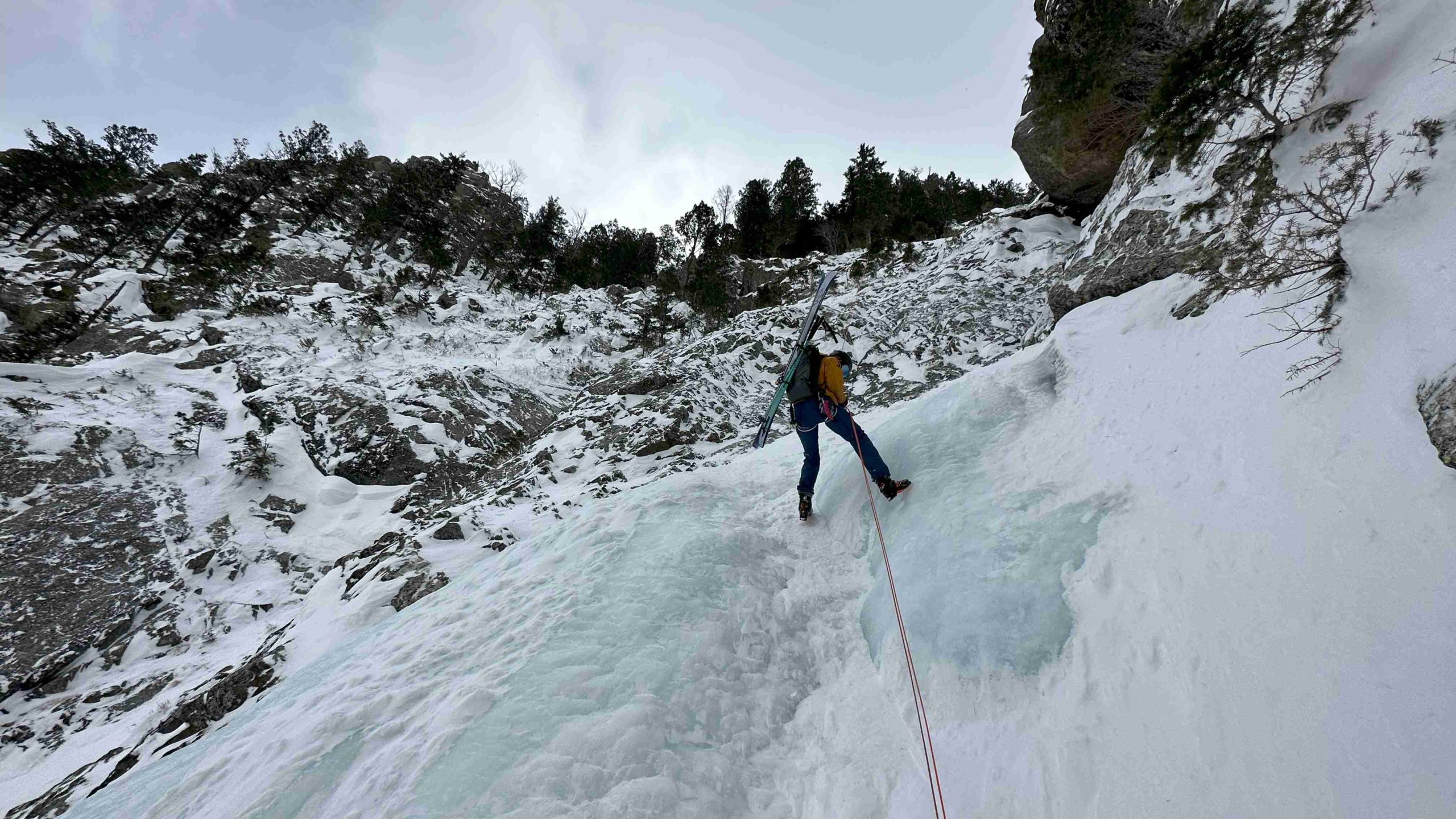Be safe: the skinny ropes require some practice, personal testing, and expertise.
Rappelling on Skinny Ropes—Part 1: Devices

On rappel in the Tetons, on this particular day I used the Grivel Scream with a Sterling V-TX 5.4mm rope. Thankfully we had enough rope to avoid a single stranded rappel here. Photo: Adam Fabrikant





Leave a Reply
You must be logged in to post a comment.